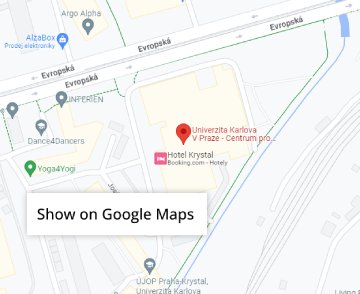Abstract
Fresh water is a renewable yet limited natural resource. While abundant in some areas, fresh water is scarce in others where its consumption in agriculture leads to negative impacts on humanity, ecosystems and biodiversity. International trade in water intensive products can help to reduce water stress or may increase water consumption in water stressed regions.
We attribute the share of global scarce water use by the agricultural production to individual countries and regions. We convert the volume of blue water use to cubic meters of scarce water equivalent by reflecting local and temporal water scarcity on a watershed and monthly level and allocate to final consumers, who pull the production chains.
Our results indicate that international trade “helps” to limit water stress in arid regions, such as the Middle East region, Portugal and Mexico. However, the Middle East and Mexico still embody high scarce water use in exported products, which counter-acts stress mitigation. From the global perspective, the role of international trade in water stress mitigation is ambiguous as it enables humanity to thrive in inhospitable areas of the Middle East region; and consumption of products which are not available under domestic climatic conditions, e.g. cotton, sugar cane and rice.



